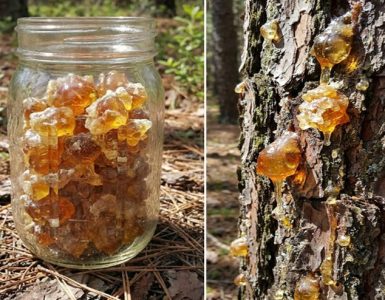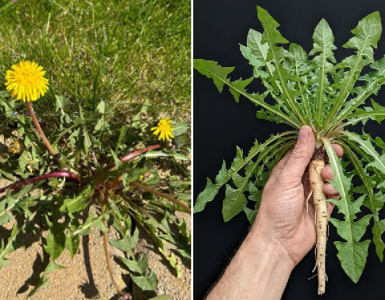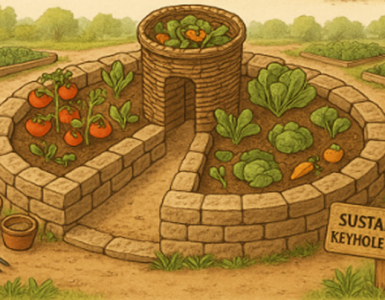Elderberries are not only delicious and nutritious but also versatile in their uses, from jams and syrups to herbal remedies. While elderberry trees are typically grown outdoors, it’s entirely possible to cultivate them indoors, providing a sustainable source of this remarkable fruit right in your home. In this guide, we’ll explore the steps to successfully grow elderberry trees from seed to fruit indoors, allowing you to enjoy their bounty year-round.
Choosing the Right Seeds:
Before diving into the cultivation process, it’s essential to start with high-quality elderberry seeds. Opt for seeds from reputable suppliers or consider collecting them from mature elderberry bushes if available. Fresh seeds tend to have higher germination rates, so prioritize obtaining seeds from recent harvests.
Preparing the Seeds:
To enhance germination rates, elderberry seeds benefit from stratification, a process that mimics the natural conditions required for germination. Start by placing the seeds in a moistened paper towel, then seal them in a plastic bag and refrigerate for 60 to 90 days. This chilling period prompts the seeds to break dormancy, preparing them for planting.
Selecting the Growing Container:
When growing elderberry trees indoors, choose a container with ample drainage holes to prevent waterlogging, such as a large pot or a deep tray. Ensure the container is at least 12 inches deep to accommodate the developing root system. Additionally, opt for a container that allows for easy movement, as elderberries may benefit from occasional repositioning to optimize sunlight exposure.
Planting the Seeds:
Once the stratification period is complete, it’s time to plant the elderberry seeds. Fill the chosen container with a well-draining potting mix, leaving about an inch of space from the rim. Plant the seeds approximately half an inch deep in the soil, spacing them several inches apart. Gently water the soil until it’s evenly moist, but avoid saturating it.
Providing Optimal Growing Conditions:
Elderberry trees thrive in environments with ample sunlight, so place the container in a sunny location, such as a south-facing window or under grow lights. Aim for at least six to eight hours of sunlight daily to promote healthy growth. Additionally, maintain a consistent temperature range between 60°F to 75°F (15°C to 24°C) to support optimal development.
Watering and Fertilizing:
While elderberry trees prefer slightly moist soil, they’re susceptible to root rot if overwatered. Allow the top inch of soil to dry out between watering sessions, adjusting the frequency based on environmental conditions. Avoid using excessive fertilizer, as elderberries are relatively low-maintenance plants. Instead, apply a balanced, water-soluble fertilizer diluted to half strength every four to six weeks during the growing season.
Pruning and Training:
Regular pruning is essential for shaping elderberry trees and promoting fruit production. Begin pruning once the seedlings reach a height of 12 to 18 inches, removing any weak or overcrowded branches. Encourage a strong central leader by selecting a single, robust stem as the main trunk and pruning away competing shoots. As the tree matures, continue pruning to maintain a manageable size and open canopy structure.
Pollination and Fruit Development:
Elderberry trees are self-fertile, meaning they can produce fruit without cross-pollination from another plant. However, having multiple elderberry trees can increase fruit yields through cross-pollination. To facilitate pollination indoors, gently shake the branches when the tree is in bloom to disperse pollen. With proper care and pollination, elderberry trees typically begin bearing fruit within two to three years of planting.
Harvesting Elderberries:
Elderberries are ready for harvest when they turn dark purple or black and feel plump to the touch. Carefully remove the ripe berries from the stems, taking care to avoid damaging the delicate fruits. Depending on the variety and growing conditions, elderberry trees can produce multiple harvests throughout the growing season, providing a continuous supply of fresh berries for culinary and medicinal purposes.
Growing elderberry trees from seed to fruit indoors is a rewarding endeavor that allows you to enjoy the benefits of this versatile fruit year-round. By following the steps outlined in this guide and providing optimal growing conditions, you can cultivate healthy elderberry trees that yield bountiful harvests for years to come. Whether used in culinary creations or herbal remedies, homegrown elderberries add a touch of freshness and flavor to any lifestyle.






Add comment